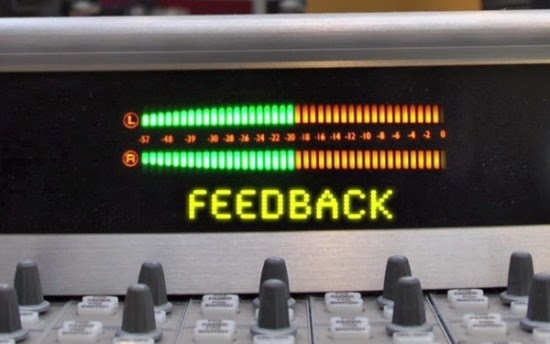Here's the percussion track on a song that you probably thought didn't have one - Led Zeppelin's seminal hit "Whole Lotta Love." Here are some things to listen for (it doesn't start until 1:20 into the song):
1. John Bonham is certainly one of the most influential rock drummers ever, but that doesn't mean he was a great percussionist. His conga playing leaves a little to be desired as he searches for a groove throughout the song.
2. At 3:31 coming out of the guitar break in the bridge, Bonham switches to tambourine, which feels much more in the groove.
3. On the outro at 4:40, he returns to the congas and this time they groove a bit better as he plays to the end.
4. Listen at 5:43 as Bonzo sings along with the track for a couple of seconds.
This song is a prefect illustration that being a drummer does not automatically mean you're a percussionist as well. They are two different skills. Although some drummers can do both well (my good buddy Ronnie Ciago comes to mind), sometimes it's better for the song to get a specialist for each (although the percussion track didn't hurt this song much in the end).
----------------------------------
You should follow me on Twitter for daily news and updates on production and the music business.
Don't forget to check out my Music 3.0 blog for tips and tricks on navigating social media and the new music business.



